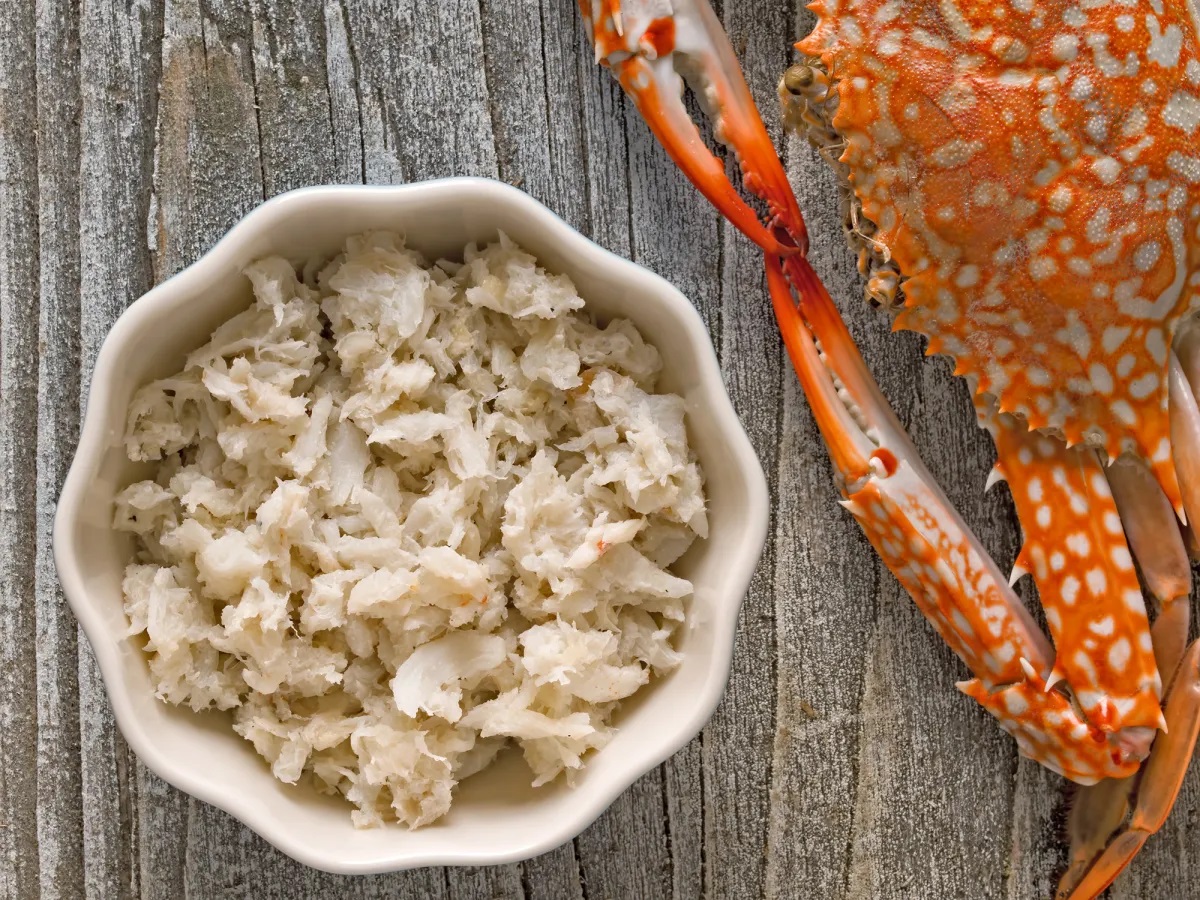

Articles
How To Store Crab Meat
Modified: February 23, 2024
Discover the best techniques for storing fresh crab meat to preserve its flavor and quality. Read our informative articles and learn how to store crab meat properly.
(Many of the links in this article redirect to a specific reviewed product. Your purchase of these products through affiliate links helps to generate commission for Storables.com, at no extra cost. Learn more)
Introduction
Crab meat is a delicacy that is enjoyed by many seafood lovers around the world. Whether it’s used in salads, sandwiches, or as an ingredient in various dishes, it adds a unique flavor and texture. However, handling and storing crab meat properly is crucial to maintain its freshness and quality.
In order to fully savor the taste and enjoy the health benefits that crab meat offers, it’s important to understand the best practices for storing it. This article will guide you through the process of choosing fresh crab meat and provide you with the proper techniques for storing it, whether in the refrigerator or freezer.
By following these guidelines, you can ensure that your crab meat stays fresh, flavorful, and safe to consume for an extended period of time. So let’s dive in and explore the world of storing crab meat!
Key Takeaways:
- Choose fresh crab meat with vibrant color, firm texture, and a clean aroma. Store in the coldest part of the fridge and consume within 2-3 days for optimal flavor and quality.
- When freezing crab meat, wrap tightly, label, and maintain a constant freezer temperature. Thaw slowly in the fridge and use in various cold or cooked recipes for a convenient and flavorful seafood option.
Read more: How To Store Meat In The Freezer
Choosing Fresh Crab Meat
When it comes to selecting fresh crab meat, there are a few key factors to consider. First and foremost, it’s important to know the different types of crab meat available in the market.
1. Whole Crab: If you prefer to work with the whole crab, make sure to choose specimens that are lively and active. Look for crabs that have sharp, intact claws and a hard shell. Avoid crabs that are lethargic, have soft shells, or exhibit signs of damage.
2. Picked Crab Meat: If you prefer the convenience of pre-picked crab meat, pay attention to the source and quality of the product. Opt for reputable seafood providers known for their fresh and sustainable products.
Once you have chosen your preferred type of crab meat, consider the following factors to ensure you are getting the freshest product:
Smell: Fresh crab meat should have a clean, sea-salt aroma. Avoid any crab meat that smells fishy or has a strong ammonia-like odor.
Color: Look for crab meat that has a vibrant and natural pink or white color, depending on the specific type of crab. Avoid crab meat that appears discolored or greyish, as this could be a sign of spoilage.
Texture: Quality crab meat should have a firm texture with no sliminess. Avoid crab meat that feels mushy or excessively soft.
Source: Whenever possible, choose crab meat that is sourced sustainably and responsibly. This ensures that the crabs are harvested in a manner that supports the long-term health of the species and the marine ecosystem.
By considering these factors when choosing fresh crab meat, you can ensure that you are starting with a high-quality product that is in prime condition for storage.
Proper Storage Techniques
Proper storage techniques are crucial to maintaining the freshness and quality of crab meat. Whether you plan to store it in the refrigerator or freezer, following these guidelines will help ensure that your crab meat stays delicious and safe to consume.
Refrigeration:
If you plan to consume the crab meat within a few days, refrigeration is the ideal storage method. Follow these steps:
- Keep the crab meat in its original packaging or transfer it to an airtight container.
- Ensure that the refrigerator temperature is set between 32°F (0°C) and 41°F (5°C) to maintain the proper cold storage conditions. Avoid storing it in the warmer areas of the fridge, such as the door.
- Place the crab meat on a shelf where it is less likely to get crushed or bumped, preferably towards the back of the refrigerator.
- Try to use the crab meat as soon as possible, ideally within 2-3 days, to ensure maximum freshness and flavor.
Freezing:
If you have a larger quantity of crab meat and want to extend its shelf life, freezing is an excellent option. Follow these steps:
- Start by removing the crab meat from its original packaging and pat it dry with paper towels to remove any excess moisture. This will help prevent freezer burn.
- Divide the crab meat into portion sizes that you will likely use in one go. This will make it more convenient to defrost only the required amount.
- Wrap each portion tightly in plastic wrap or place them in airtight freezer bags to minimize air exposure.
- Label each package with the date to ensure that you use the oldest crab meat first and prevent freezer burn.
- Place the wrapped portions in the freezer, ideally in a single layer and not stacked on top of each other, until they are fully frozen.
- Keep the crab meat stored in the freezer at a constant temperature of 0°F (-18°C) or below.
- Frozen crab meat can typically be stored for 3-4 months without a significant decline in quality.
By following these proper storage techniques, you can enjoy fresh and flavorful crab meat throughout the year. Remember to thaw frozen crab meat properly before using it to maintain its taste and texture.
Refrigeration
Refrigeration is an effective method for storing fresh crab meat when you plan to consume it within a few days. By following the proper guidelines, you can maintain the quality and freshness of the crab meat during this short-term storage period.
Here are the steps to properly store crab meat in the refrigerator:
- Keep the crab meat in its original packaging if it is still sealed and intact. If the original packaging is damaged or not suitable for refrigeration, transfer the crab meat to an airtight container.
- Ensure that your refrigerator temperature is set between 32°F (0°C) and 41°F (5°C). This range is the optimal temperature for storing seafood and helps prevent bacterial growth.
- Choose a shelf in your refrigerator where the crab meat is less likely to get crushed or bumped. It is best to place it towards the back of the refrigerator, where the temperature is most consistent.
- Avoid storing the crab meat on the refrigerator door, as this area experiences temperature fluctuations when the door is opened or closed.
- Make sure the crab meat is protected from any strong-smelling or pungent foods, as it can absorb their odors.
- Refrigerate the crab meat as soon as possible after purchasing or preparing it. This will help maintain its freshness and prevent any potential spoilage.
- Consume the crab meat within 2-3 days to ensure optimal taste and quality. While it may still be safe to eat after this time, the texture and flavor may deteriorate.
It is important to note that once crab meat is removed from its original packaging, it is exposed to air and has a higher risk of spoilage. Therefore, it is crucial to use airtight containers or wrap it tightly with plastic wrap to minimize air exposure.
By following these refrigeration techniques, you can prolong the freshness of crab meat and enjoy its delightful taste in various recipes.
Freezing
Freezing is an effective method for long-term storage of crab meat, allowing you to enjoy its freshness and taste even after an extended period of time. By following the proper steps, you can ensure that the crab meat is well-preserved and retains its quality in the freezer.
Here is a step-by-step guide on how to freeze crab meat:
- Remove the crab meat from its original packaging and pat it dry with paper towels. This helps remove excess moisture and prevents freezer burn.
- Divide the crab meat into portion sizes that you often use or need for your recipes. By doing so, you can thaw only the required amount without having to defrost the entire batch.
- Wrap each portion tightly in plastic wrap or place them in airtight freezer bags. The wrapping should be secure and minimize air exposure as much as possible.
- Label each package with the date of freezing. This will help you keep track of the crab meat’s storage time and prioritize the oldest portions for consumption first.
- Place the wrapped portions in the freezer, ensuring they are arranged in a single layer and not stacked on top of each other. This allows for better airflow and quicker freezing.
- Maintain a constant freezer temperature of 0°F (-18°C) or below. This helps preserve the quality and taste of the crab meat by preventing bacterial growth.
- Frozen crab meat can typically be stored for 3-4 months without a significant decline in quality. However, to ensure the best flavor and texture, it is recommended to consume it as soon as possible.
When it’s time to use the frozen crab meat, it’s important to thaw it properly to maintain its taste and texture. To thaw frozen crab meat, transfer the desired portion from the freezer to the refrigerator and allow it to defrost slowly overnight. Avoid thawing at room temperature, as rapid thawing can lead to moisture loss and affect the quality of the meat.
By following these freezing techniques, you can enjoy delicious crab meat at any time, even if you are not able to consume it immediately after purchase.
Store crab meat in an airtight container in the coldest part of the refrigerator, such as the back of the bottom shelf. Use it within 2-3 days for the best quality.
Read more: How To Store Hamburger Meat
Packaging
Proper packaging is essential when storing crab meat, as it helps maintain its quality, prevent freezer burn, and minimize the risk of contamination. Whether you choose to store crab meat in the refrigerator or freezer, utilizing the appropriate packaging methods will ensure optimal preservation.
Here are some tips for packaging crab meat:
- Refrigeration:
- Freezing:
- Thawing the Crab Meat:
- Remove Excess Moisture:
- Using in Cold Preparations:
- Using in Cooked Recipes:
- Experiment with Flavors:
- Consider Texture Changes:
- Storage after Thawing:
When storing crab meat in the refrigerator, you can keep it in its original packaging if it is still intact and sealed. However, if the original packaging is damaged or not suitable for refrigeration, it is recommended to transfer the crab meat to an airtight container.
Choose a container that is just the right size to accommodate the crab meat without leaving much empty space. This helps minimize air exposure, which can lead to faster spoilage.
Ensure that the container has a tight-fitting lid that provides an airtight seal. This prevents any outside odors or contaminants from affecting the crab meat.
When freezing crab meat, proper packaging is crucial to maintain its quality and prevent freezer burn.
Wrap each portion of crab meat tightly in plastic wrap to create an airtight seal. Alternatively, you can place the crab meat in airtight freezer bags, removing any excess air before sealing.
Label each package with the date of freezing. This helps you keep track of the crab meat’s storage time and ensures that you use the oldest portions first.
If you have multiple packages of crab meat, consider placing them in a larger resealable freezer bag or stacking them neatly in an organized manner. This helps save space and keeps the freezer well-organized.
Remember, whether refrigerating or freezing, it’s important to minimize air exposure as much as possible. Excess air can lead to freezer burn and affect the quality and texture of the crab meat.
By following these packaging techniques, you can prolong the freshness and quality of crab meat, ensuring that it is ready to use whenever you desire.
Tips for Extending Shelf Life
To maximize the shelf life of crab meat and keep it fresh for longer, it’s important to implement a few additional tips and techniques. These strategies can help preserve the quality and flavor of the crab meat, ensuring that it remains safe and tasty to consume.
1. Store in the Coldest Part of the Refrigerator: Place the crab meat in the coldest area of your refrigerator, typically towards the back. This area experiences the least temperature fluctuations, ensuring that the crab meat remains at a consistent cool temperature.
2. Use a Digital Thermometer: Keep a digital thermometer in your refrigerator to monitor and ensure that the temperature stays between 32°F (0°C) and 41°F (5°C). Regularly checking the temperature can help you identify any potential issues and make adjustments as needed.
3. Avoid Cross-Contamination: When storing crab meat in the refrigerator, make sure to keep it separate from other raw foods, especially those prone to contamination, such as raw meats. This minimizes the risk of cross-contamination and helps maintain the quality of the crab meat.
4. Avoid Excessive Handling: Frequent handling of crab meat can lead to potential spoilage. Only remove the amount of crab meat you need for immediate use, keeping the remaining portions stored properly. This prevents unnecessary exposure to air and bacteria.
5. Check for Strange Odors or Signs of Spoilage: Periodically inspect the crab meat for any unpleasant odors or signs of spoilage. If you notice a strong fishy smell, sliminess, or discoloration, it is best to discard the crab meat to avoid any potential health risks.
6. Freezer Organization: When storing crab meat in the freezer, arrange the packages in an organized manner. Label each package with the date of freezing and place them in a way that allows for easy access to the oldest portions first. This helps prevent any packages from being forgotten or left unused for too long.
7. Properly Thaw Frozen Crab Meat: When it’s time to use frozen crab meat, thaw it properly in the refrigerator overnight rather than at room temperature. This gradual defrosting prevents moisture loss and helps maintain the texture and flavor of the crab meat.
By following these tips, you can extend the shelf life of crab meat and ensure that it remains fresh, safe to consume, and delicious for as long as possible.
Using Frozen Crab Meat
Frozen crab meat is a convenient option that allows you to enjoy the delectable taste of crab even when fresh options are not readily available. However, it’s important to know the proper techniques for using frozen crab meat to ensure the best results in your culinary endeavors.
Here are some tips for using frozen crab meat:
Start by transferring the desired amount of frozen crab meat from the freezer to the refrigerator. Allow it to thaw overnight or for a few hours until it is completely thawed. Avoid thawing crab meat at room temperature, as it can lead to moisture loss and affect the texture.
After thawing the crab meat, gently pat it dry with paper towels to remove any excess moisture. This step helps maintain the texture and prevents the dilution of flavors when used in dishes.
Frozen crab meat is well-suited for cold preparations such as salads, dips, or sandwiches. Incorporate it directly into these dishes without any additional cooking or heating.
If you plan to use frozen crab meat in cooked recipes, such as crab cakes or pasta dishes, it’s advisable to briefly cook or heat the crab meat before incorporating it. This ensures that it is fully thawed and warmed through, enhancing the flavors of the dish.
Frozen crab meat can be versatile and pairs well with a variety of herbs, spices, and sauces. Get creative and experiment with different seasonings and marinades to enhance the flavor of the crab meat in your recipes.
It’s important to note that frozen crab meat may have a slightly different texture compared to fresh crab meat. It may be slightly softer or have a different consistency. Keep this in mind when using it in recipes and adjust cooking times and techniques accordingly.
If you have thawed more crab meat than you need for a recipe, it’s best to consume it within a few days. Store any leftover thawed crab meat in the refrigerator and use it as soon as possible to maintain optimal quality.
By following these tips, you can make the most of frozen crab meat and enjoy its delightful taste and texture in a variety of dishes. Whether used in cold preparations or cooked recipes, frozen crab meat provides a convenient and flavorful option for seafood enthusiasts.
Conclusion
Storing crab meat properly is crucial to ensure its freshness, quality, and safety. By following the proper techniques for selecting fresh crab meat and implementing the appropriate storage methods, you can enjoy this delicious delicacy for an extended period of time.
When choosing fresh crab meat, consider factors such as smell, color, texture, and source to ensure you start with the best product available. Refrigeration is ideal for short-term storage, while freezing allows for long-term preservation.
When refrigerating crab meat, ensure it is kept in its original packaging or transferred to an airtight container. Store it in the coldest part of the refrigerator and consume it within 2-3 days for optimal flavor and quality.
For freezing crab meat, wrap each portion tightly in plastic wrap or place it in airtight freezer bags. Label and arrange the packages neatly in the freezer, ensuring a constant temperature of 0°F (-18°C) or below. Frozen crab meat can be stored for 3-4 months without a significant decline in quality.
In both cases, minimizing air exposure is crucial to prevent freezer burn and maintain the integrity of the crab meat. Proper thawing in the refrigerator is essential before using frozen crab meat, and it can be incorporated into a variety of cold or cooked preparations.
By implementing these tips and techniques, you can extend the shelf life of crab meat and always have this savory seafood option available for your culinary creations.
Remember, the freshness and quality of crab meat greatly contribute to the flavor and enjoyment of the dishes you prepare. So, handle and store it with care, and savor every bite of this delectable delicacy!
Frequently Asked Questions about How To Store Crab Meat
Was this page helpful?
At Storables.com, we guarantee accurate and reliable information. Our content, validated by Expert Board Contributors, is crafted following stringent Editorial Policies. We're committed to providing you with well-researched, expert-backed insights for all your informational needs.

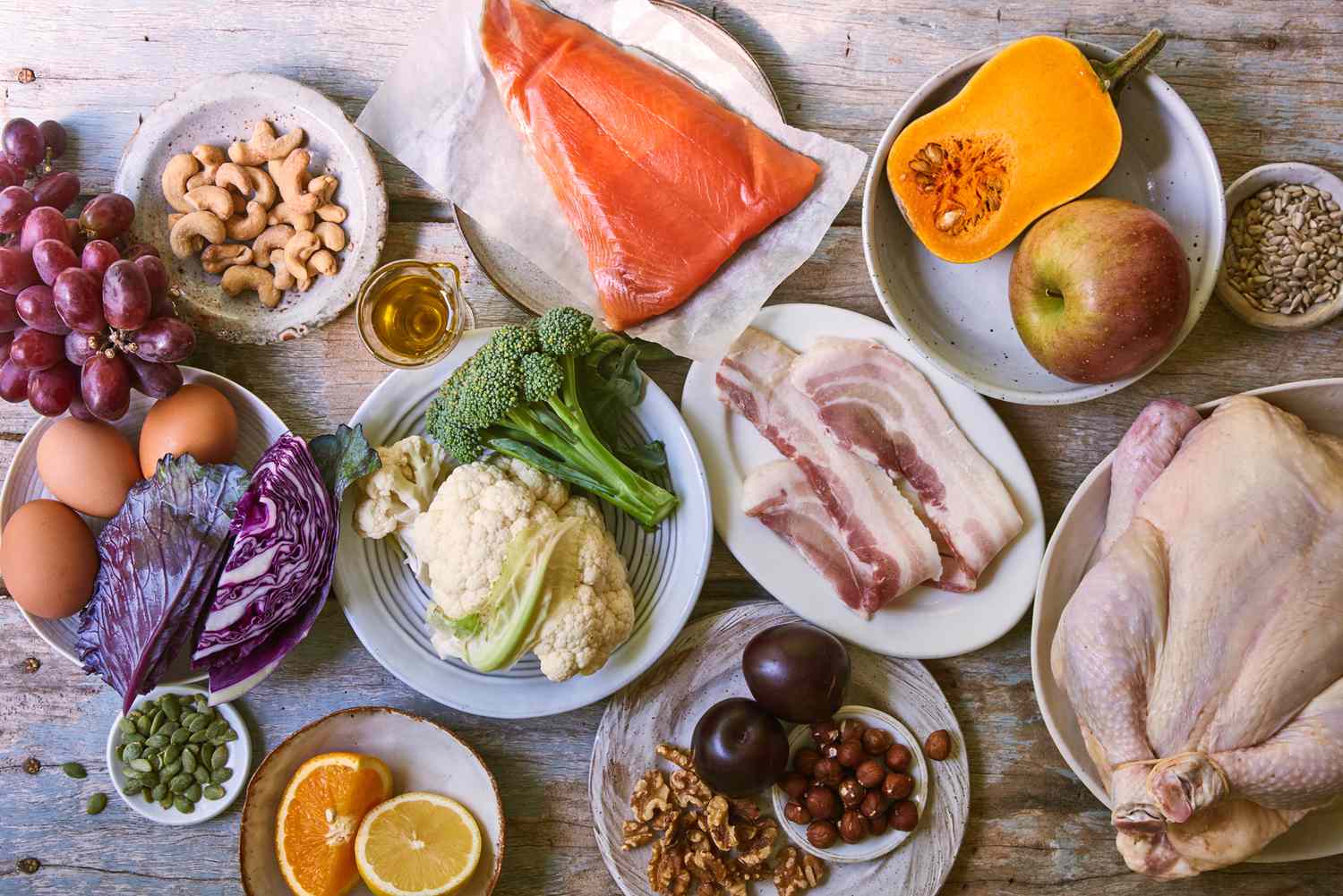
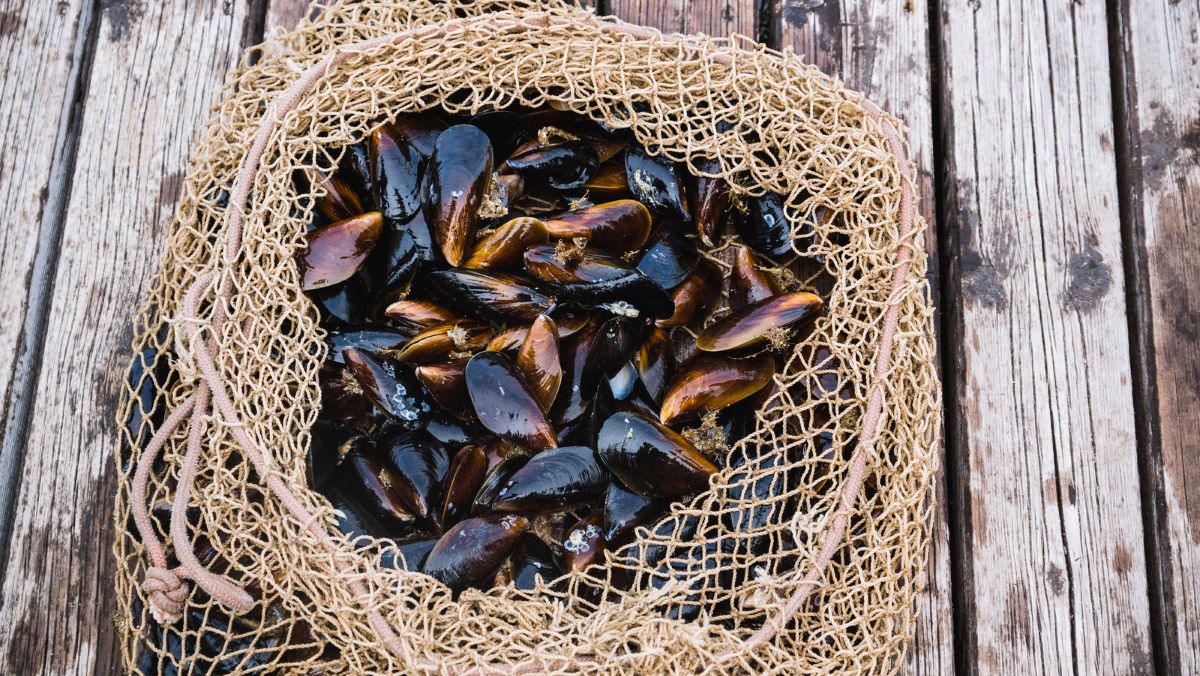
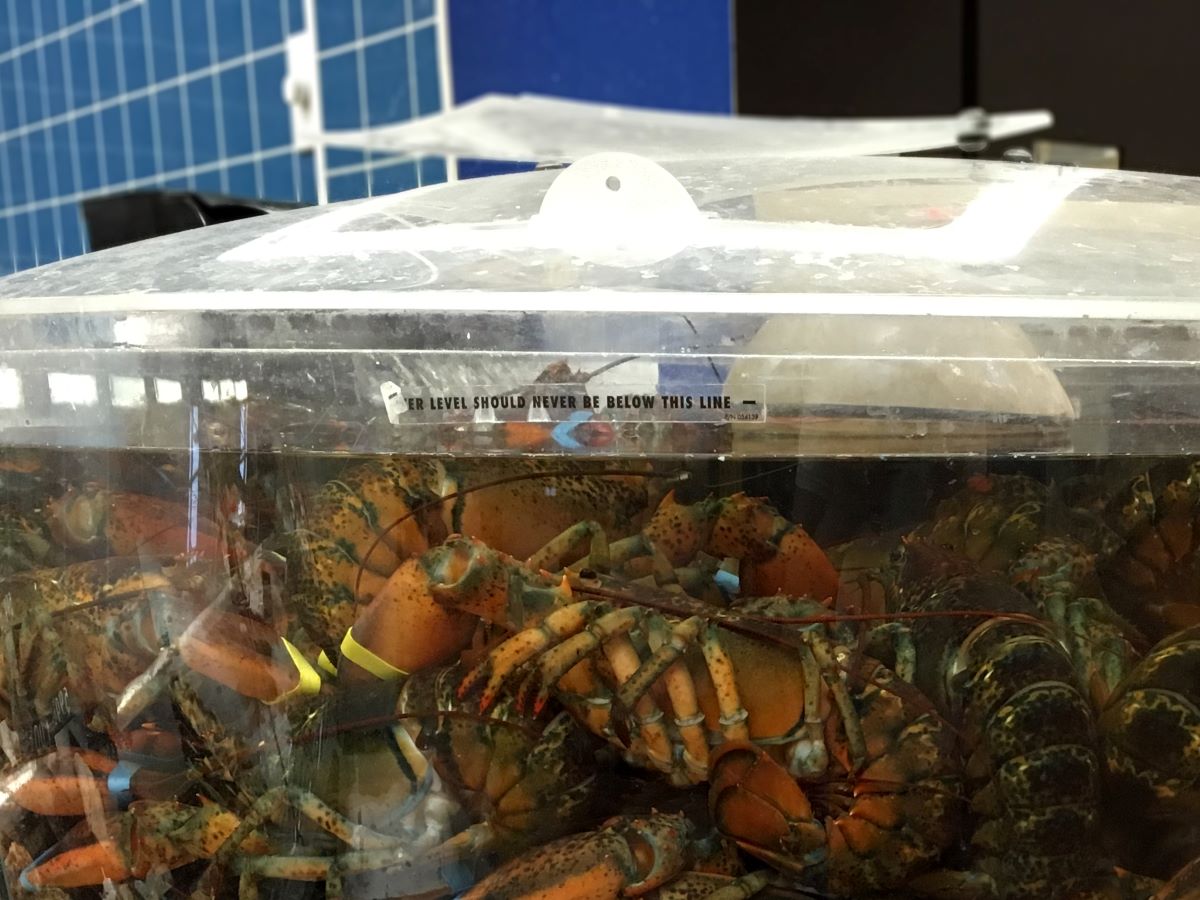
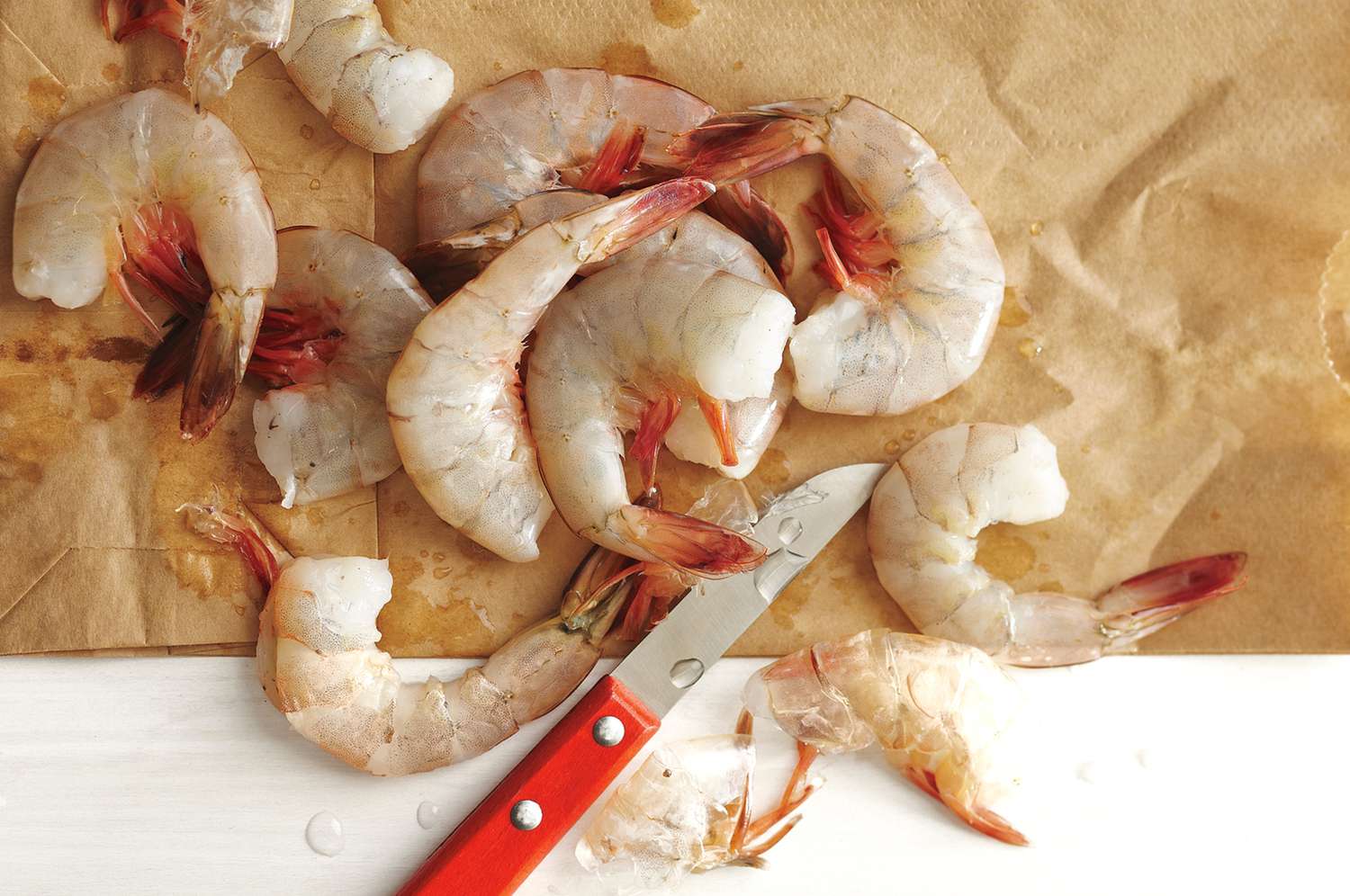
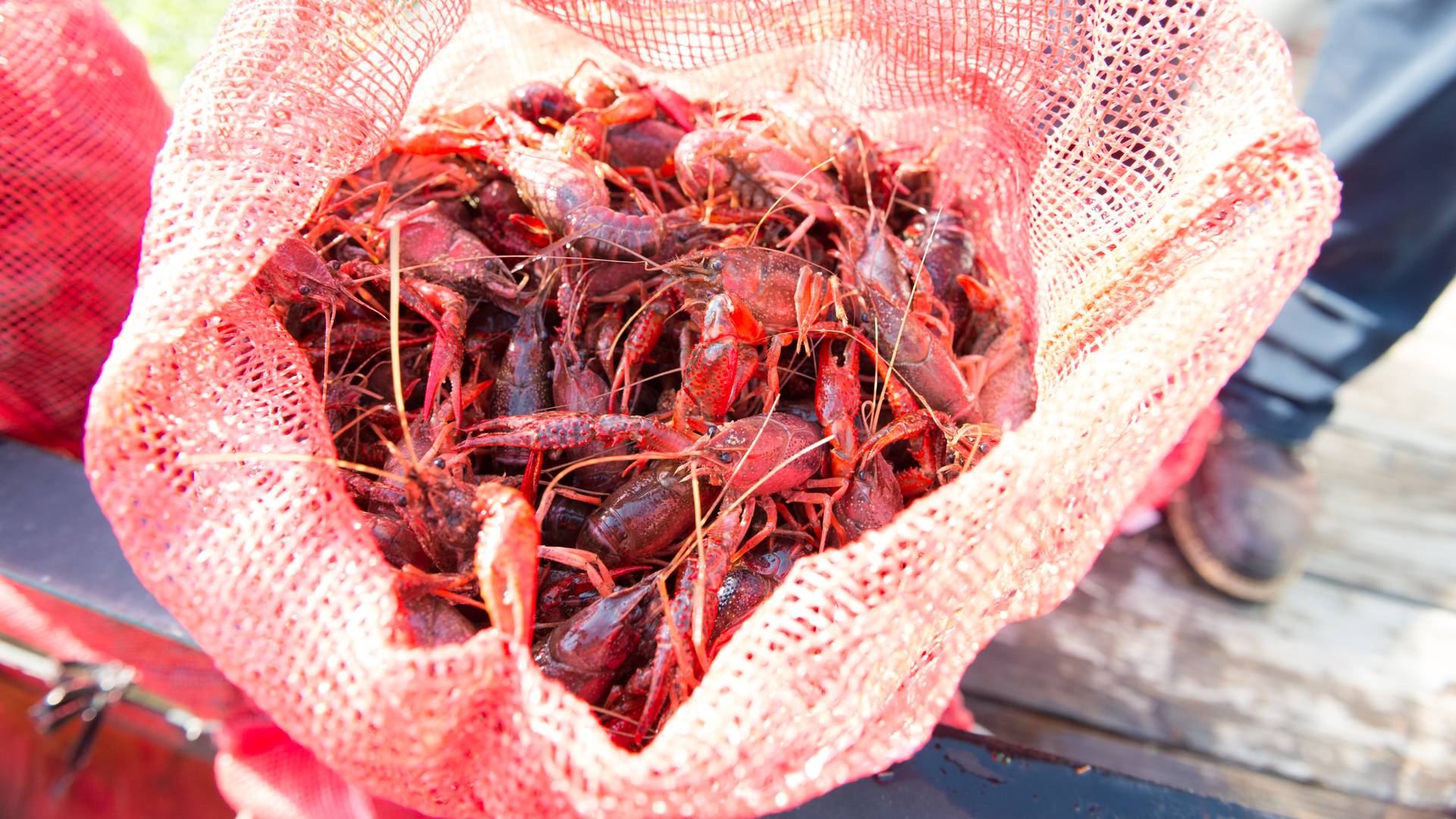
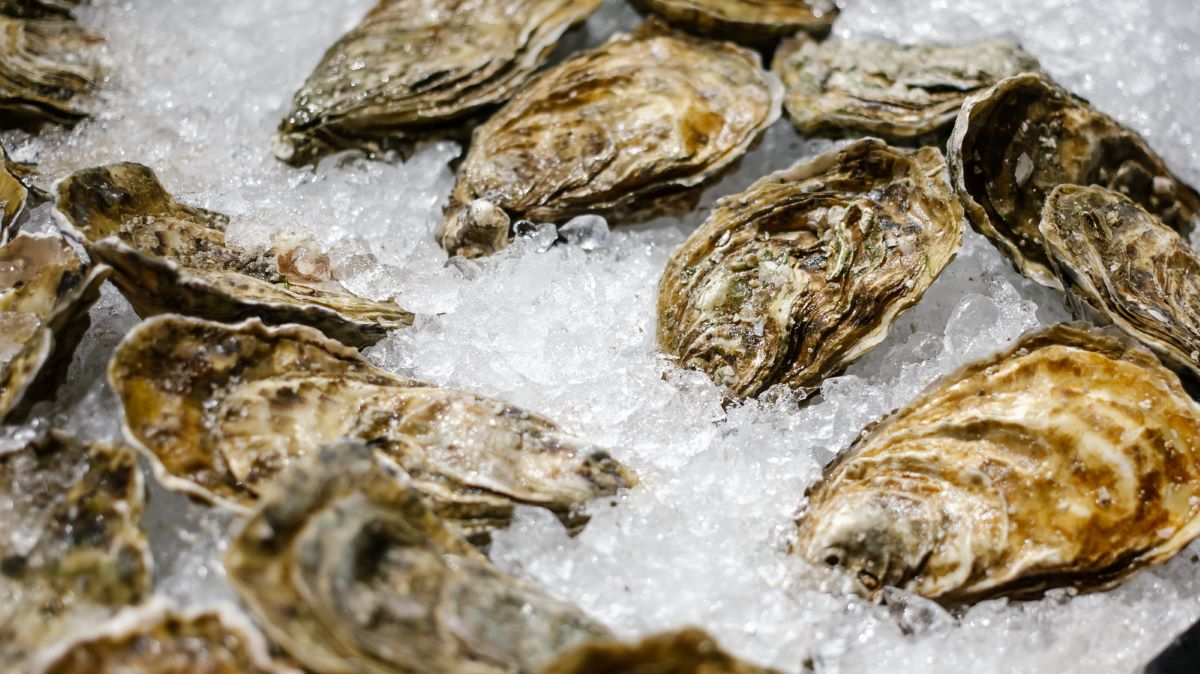
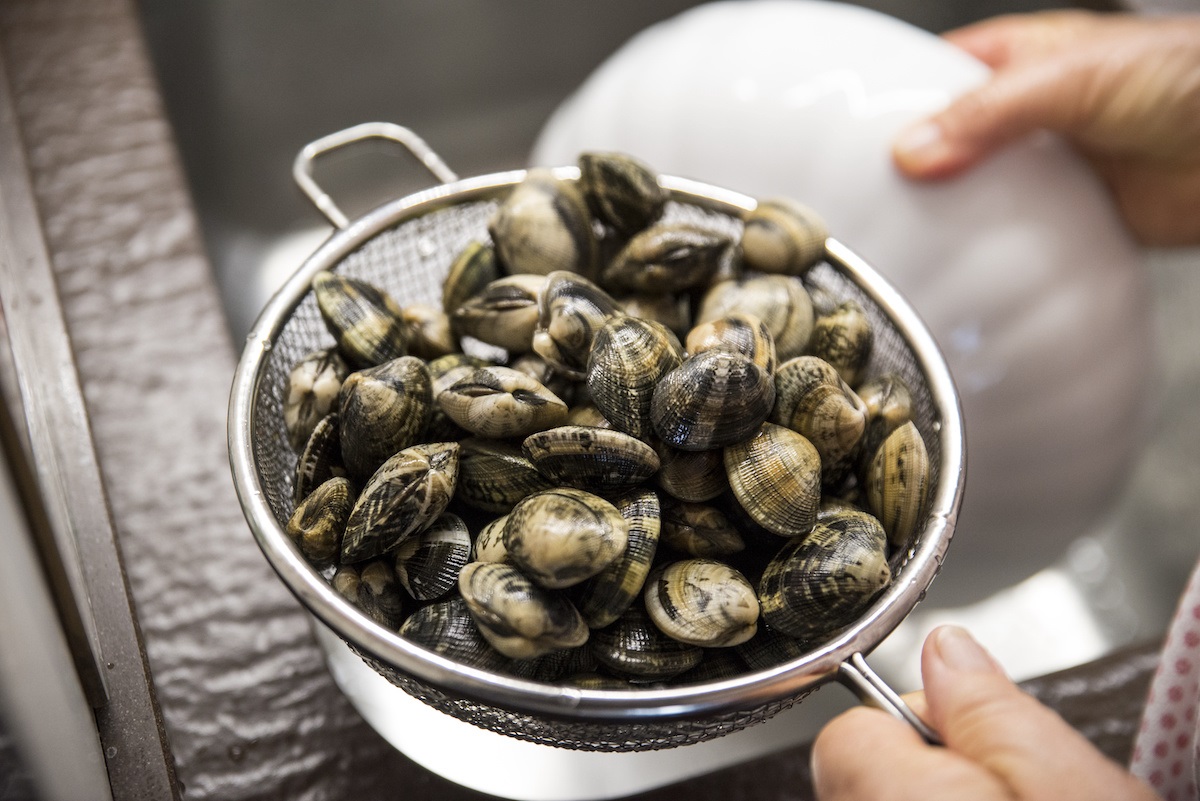
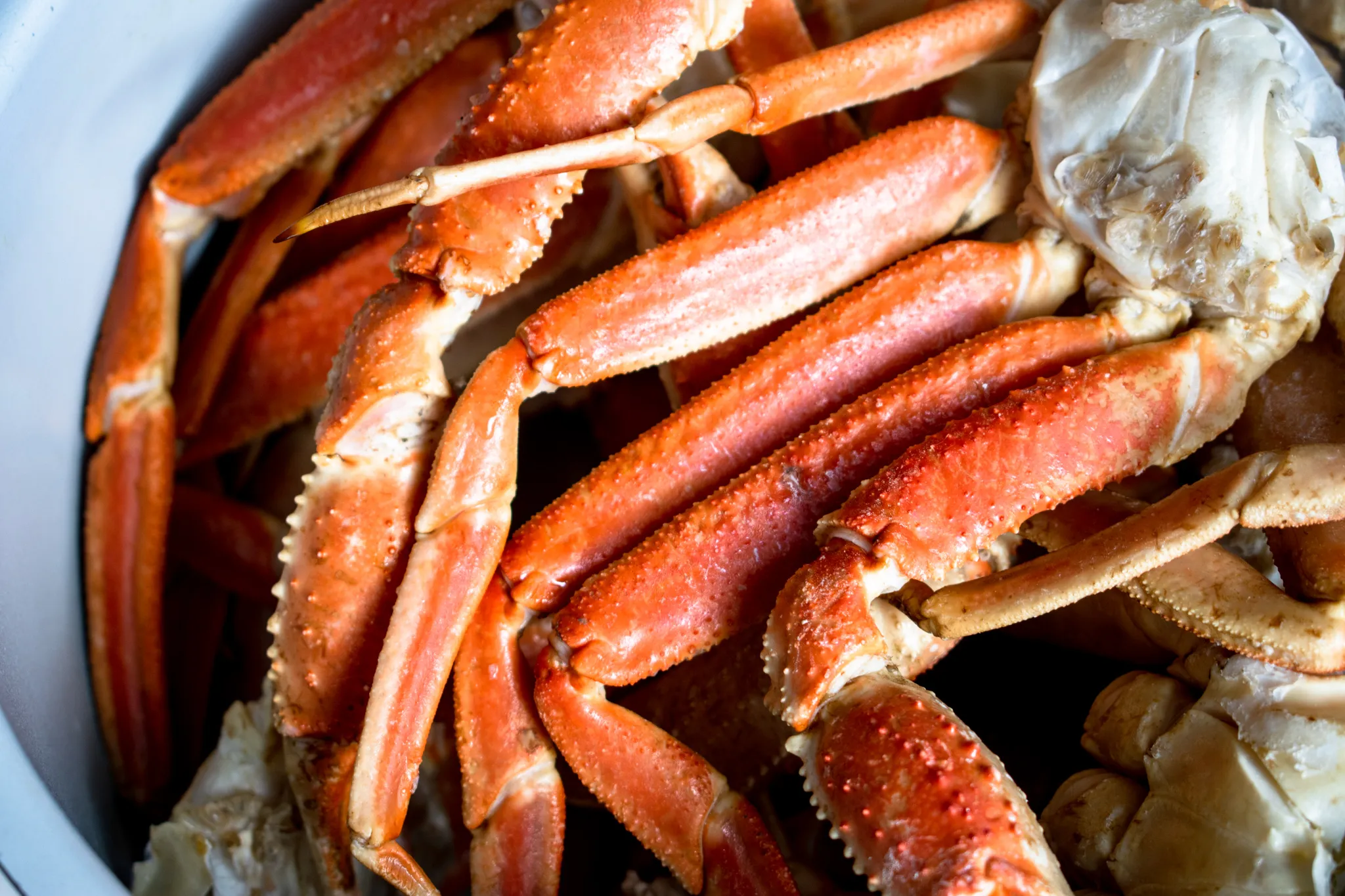
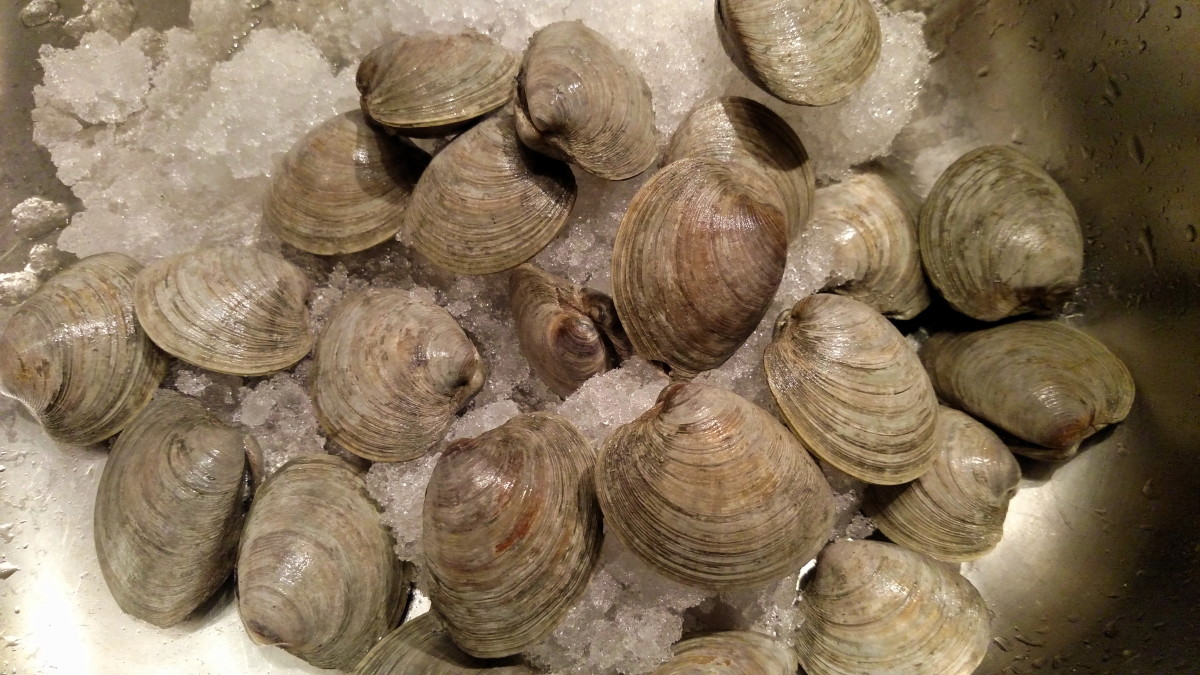
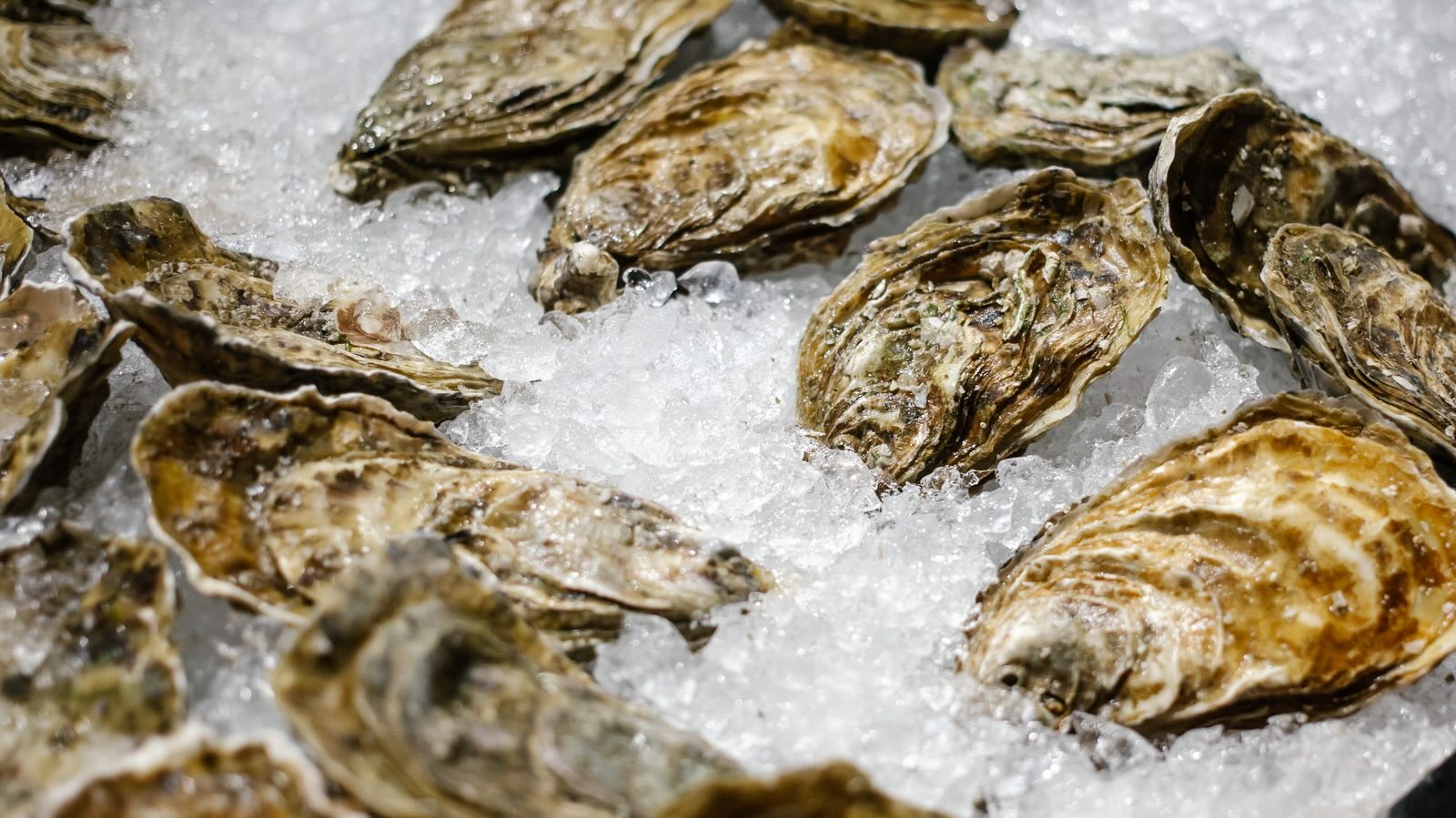
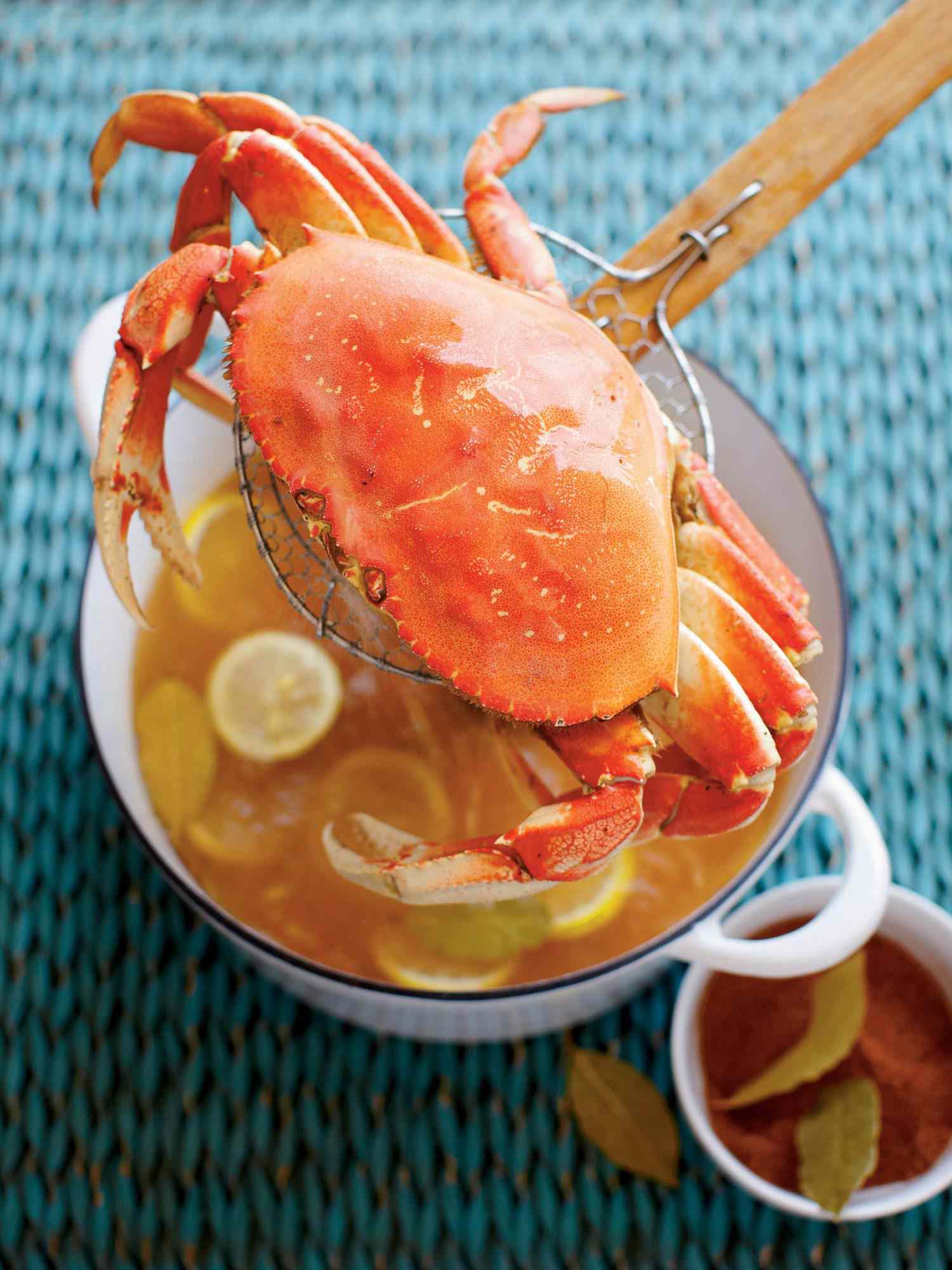
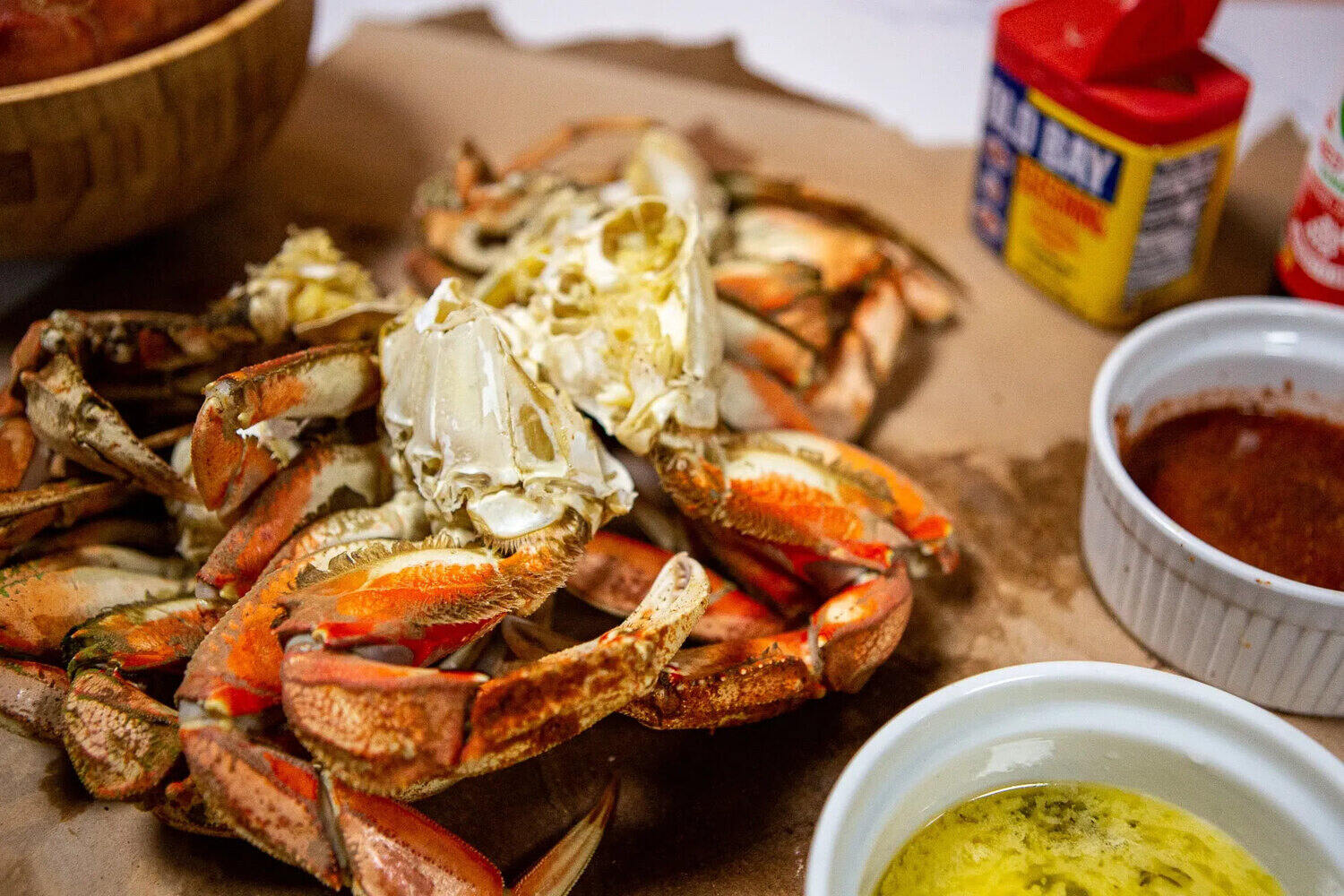
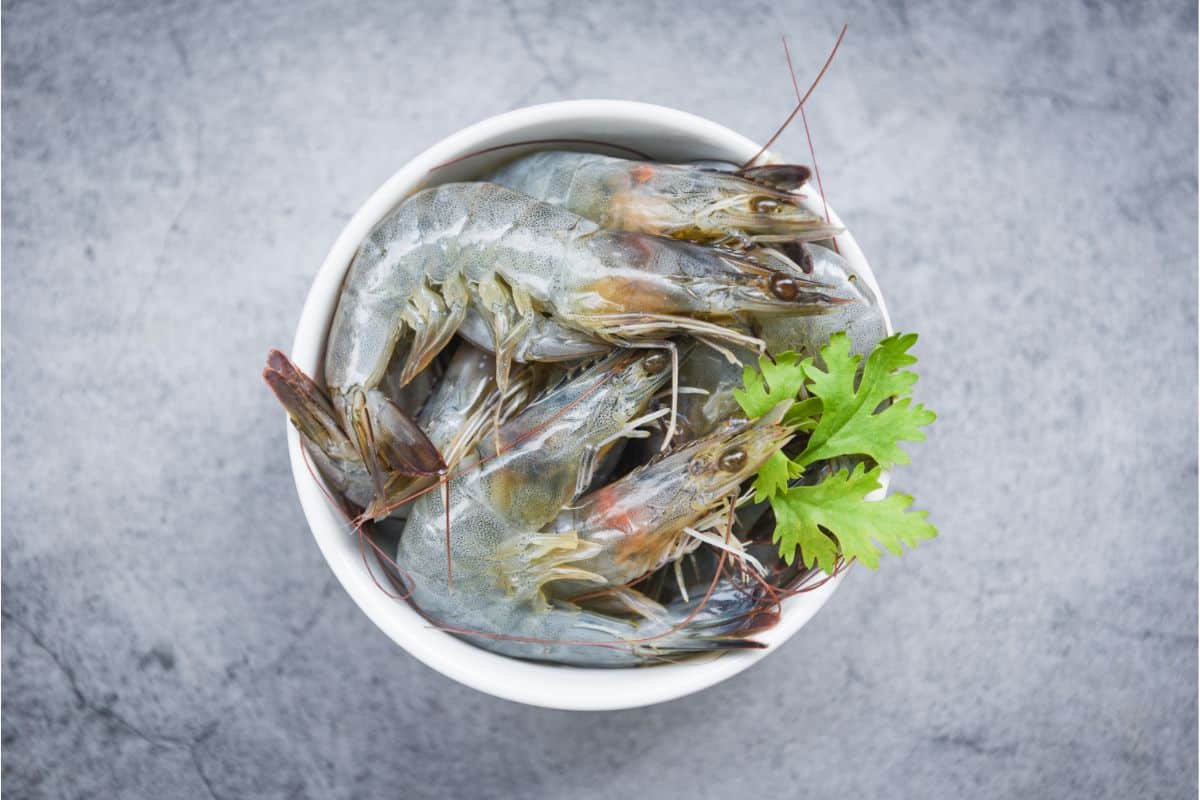

0 thoughts on “How To Store Crab Meat”